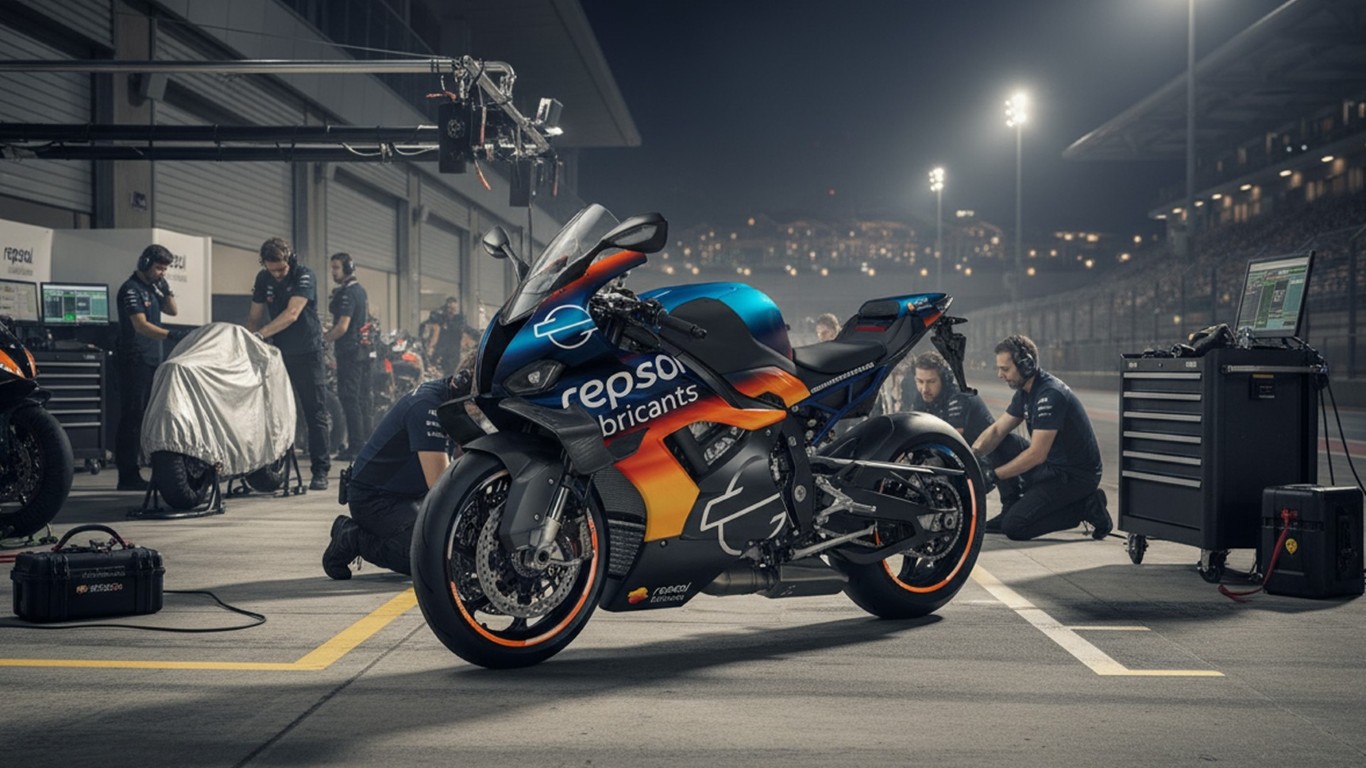Types of engine lubrication: everything you need to know

The engine is the heart of any machine and its performance depends, to a large extent, on the lubrication system. However, not all engines use the same method for lubrication.
In this article, we will explore what a lubrication system is and discuss the main types that exist, highlighting their characteristics and applications.
What is a lubrication system?
The lubrication system is a set of components and processes designed to distribute oil or grease to the moving parts of an engine or machinery. Its main function is to reduce friction between metal surfaces that are in contact, preventing premature wear and ensuring smooth and efficient operation. In addition, the lubrication system fulfills other essential functions:
- Heat dissipation. The lubricant helps absorb and transfer the heat generated by friction to areas where it can be cooled.
- Sealing. In some cases, the lubricant acts as a sealant, especially in the engine cylinders, helping to maintain compression.
- Cleaning. Transports dirt particles, combustion residues and metal particles to the oil filter, keeping surfaces clean.
- Corrosion protection. It forms a protective film that prevents direct contact of the metal with corrosive agents such as water or oxygen.
Depending on the engine design, operating conditions and specific needs of each application, different lubrication systems are employed. Below, we describe the most common ones and their main features.
Splash lubrication
This system is one of the simplest methods, mainly used on small or old engines. It consists of a shovel or rod connected to the crankshaft splashing the oil from the crankcase towards the surfaces that need lubrication. This method is ideal for low-speed, light-load motors, such as those used in portable generators or basic agricultural machinery. However, its main limitation is that it does not guarantee an even distribution of the lubricant under extreme conditions.
Drip lubrication
In this case, the oil flows drop by drop from a reservoir to the moving parts of the engine. The amount of oil is regulated by adjustable valves or needles, allowing basic flow control. Although this method was common in old industrial equipment and simple-design stationary engines, today it has fallen into disuse due to its lack of precision and efficiency compared to more advanced systems.
Dry sump lubrication
Unlike the conventional wet sump system, here the oil is not stored in the engine sump, but in an external reservoir. A pump extracts the oil from the tank and distributes it to the moving parts, while another pump collects it from the crankcase and returns it to the tank.
This system offers significant advantages, such as more compact engines, better cooling, or the ability to run smoothly on engines operating in extreme conditions. In addition, by carrying the oil in a separate tank, it allows for a better distribution of weights. For these reasons, it is widely used in high-performance engines, such as sports cars or racing motorcycles.
Pressure lubrication
It is the most common system in modern engines due to its high efficiency and reliability. An oil pump generates pressure to distribute the lubricant through pipes to critical parts of the engine, such as bearings, cylinders, and camshafts. This method ensures consistent and uniform lubrication, even under high loads and speeds, making it the preferred choice for cars, trucks, and heavy machinery.
Mist lubrication
For this type of lubrication, the oil is mixed with compressed air to form a fine mist that is introduced into the engine. Oil particles reach all internal surfaces, providing uniform and efficient lubrication. This method is particularly useful in small engines or in applications where weight and space are critical, such as pneumatic tools, two-stroke engines, and small turbines.
Ring lubrication
This system uses a metal ring that rotates around an axis and transports oil from a reservoir to surfaces that require lubrication. It is a reliable and low maintenance method, ideal for equipment that operates continuously, such as electric generators, industrial pumps, and stationary engines. Its simplicity and durability make it an effective solution for long-lasting applications.
Gravity lubrication
For this method, oil flows by gravity from a raised reservoir into the moving parts of the engine. Although it is a basic and simple system, it requires a constant supply of oil and is more suitable for simple and low speed machines, such as some old machines or low complexity systems.
How to choose the right lubricant
Regardless of which lubrication system an engine uses, choosing the right lubricant is critical to maximizing its efficiency and lifespan. At Repsol Lubricants, we offer a wide range of products designed to meet the specific needs of each type of engine and lubrication system, as they have been formulated with advanced technology to guarantee superior performance, even in the most demanding conditions.
If you need more information about our products or technical advice, do not hesitate to visit our portal or contact our team.
Related content




